Description
Iris ensata ‘Rose Queen’
A beautiful Japanese Iris with sugary pink petals. In Iris ensata ‘Rose Queen’ the falls are a darker shade than the standards and are further enhanced with fine crimson rays. Compared to a similar Siberian Iris, The petals are of richer substance and it flowers about a month later. It is quite tall (95cm (3′) in flower) and really is best in moisture retentive soil in sun to semi-shade. We previously had this labelled as Iris ‘Pink Haze’, the name we bought it in years ago from the Dutch and which we rather blindly never challenged. We find the other Siberian Irises pretty tough and tolerant of drier soils.
Iris
“What we like about Iris sibirica apart from its slender grace and lovely blues and whites…is its willingness to do anywhere and to continue doing for years without asking for division.” – A.T. Johnson
The Genus iris is large, containing some 200 plus species. They cover a huge range of forms and habitats, which I won’t go into here. As we are largely only concerned with iris of two related sections, the Siberian Irises and the Sinosiberian Irises.
Siberian
The rather inaccurately named Siberian Irises ( Iris sibirica ) come from an area from Russia Westwards into Central Europe (Blame Linnaeus who gave them their name). The related Iris sanguinea does grow in Siberia, with Iris typhifolia coming from China. These three have been extensively interbred to give us the range of Iris cultivars that now class as ‘Siberian Irises’. They are plants for a moist soil of any type providing it is not excessively acid or alkaline. Whilst they require moisture, they do not tolerate waterlogging. Established plants, however, will cope with short periods of drought.
They are very elegant in flower with plants varying from 30-120cm in height. Additionally, the flowers are good for cutting
Sinosiberian
The section designated SinoSiberian Irises contains the species, Iris chrysographes and Iris pseudacorus, the Yellow flag. The name Yellow flag comes from the fluttering of the yellow fall. Many of its numerous other names come from corruptions of the Anglo-Saxon word for a sword, alluding to the leaves, though the unusual ‘Cheiper’ comes from the noise made by Children blowing the leaves between their thumbs like a reed.
The yellow flag grows equally successfully in the open garden or in very wet sites, wetter than conditions in which Iris sibirica would be happy. The green leafed form can be too vigorous for all but naturalistic plantings, but, in contrast, the variegated form behaves itself quite well.
History
Iris pseudacorus is the Fleur-de-Lis of France. Louis VII chose the flower as his emblem when he joined the Crusaders’ fight against the Saracens. Fleur-de-Louis gradually became corrupted through Fleur-de-Luce to Fleur-de-Lis. Lys is a river in Flanders, on whose banks Iris pseudacorus grows in profusion. Earlier than this, the Iris was taken by King Clovis as his heraldic symbol, replacing the three toads he previously used. Facing defeat, King Clovis was persuaded to pray to the Christian God of his wife Clothilde. When he achieved victory he converted to Christianity and made the change of symbol, Iris being the symbol of the Virgin Mary.
Common names
Iris pseudacorus. I. aquatic, I. lutia, Yellow Flag, Fleur de Luce, Dragon Flower, Myrtle Flower, Fliggers, Flaggon, Segg, Sheggs, Cheiper, Cucumbers, Daggers, Jacob’s Sword, Galdyne, Meklin, Levers, Livers, Shalder
Iris was the Roman Goddess of the Rainbow and messenger of the gods.
Links

















































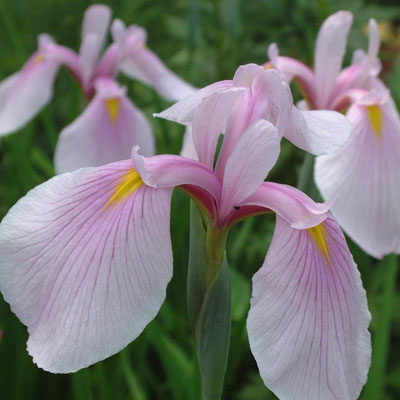
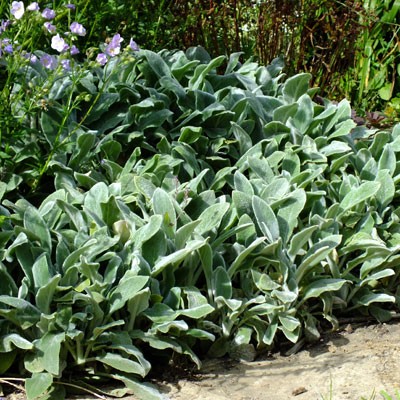
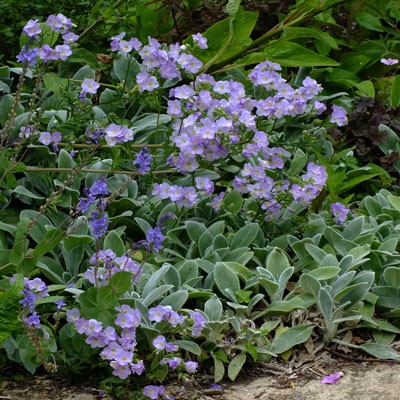
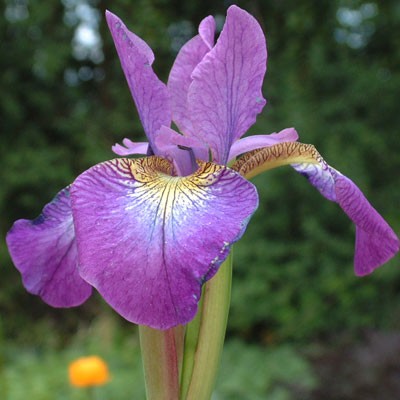
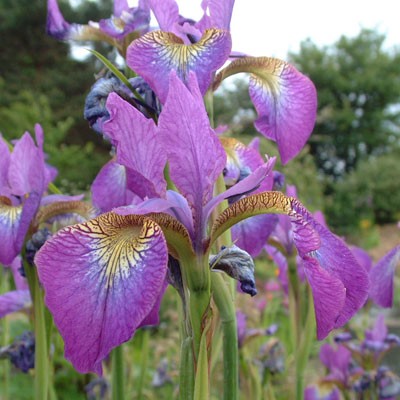
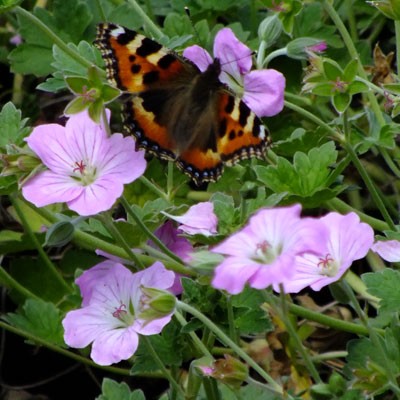
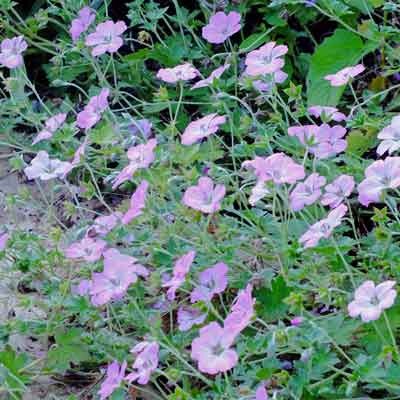
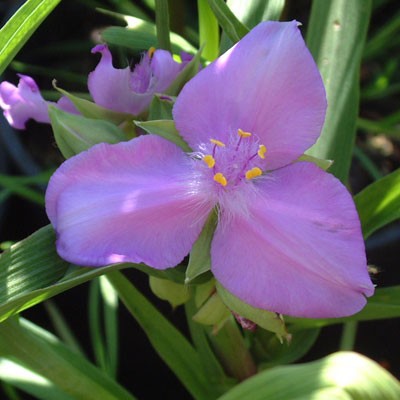
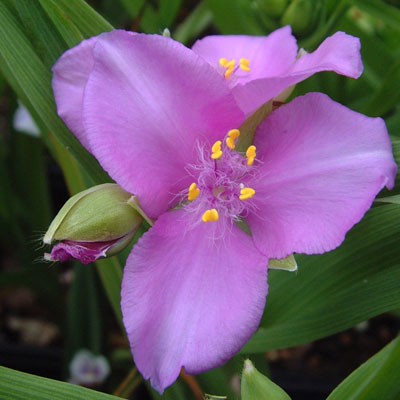
Reviews
There are no reviews yet.